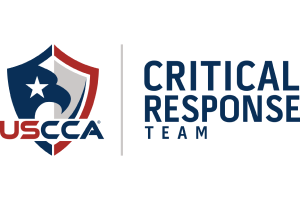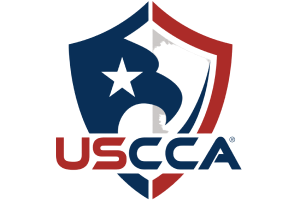Representation.
New York Penal Law § 145.60 – Making Graffiti
Dedicated Criminal Defense Attorneys Committed to Zealously Representing Clients Charged with Defacing Property
Making Graffiti is a crime that prohibits anyone from etching, painting, covering, drawing on or otherwise marking another’s property with the intent to cause damage to the property. And, while it is a defense to a graffiti offense that you had the owner’s permission, that permission needs to be “express,” meaning you will unlikely be able to claim that the presence of other markings on the property indicates the owner’s consent. Making Graffiti is a Class A misdemeanor.
The Elements of Making Graffiti
Before a judge or jury can convict anyone of a graffiti crime, the government must prove each element of the offense beyond a reasonable doubt. The elements of Making Graffiti are:
- The defendant made graffiti on a building or any other property owned by another person, corporation or public entity;
- The defendant made the graffiti with the intent to damage the building or property; and
- The defendant did not have the express permission of the owner of the building or property.
While the term graffiti is generally used to refer to tagging or using spray paint to put up a word or symbol, the term is more broadly defined under § 145.60 to include “etching, painting, covering, drawing upon or otherwise placing of a mark.”
Examples of Making Graffiti
Most examples of Making Graffiti are fairly obvious and include the following:
- A person tags the side of a building with their street name;
- A train passenger uses a knife to scrawl a word on the train’s window;
- A bus passenger uses a lighter to heat a pen tip, inscribing the back of the bus seat in front of them with a curse word;
- A uses latex paint to cover up a billboard; or
- A person uses spray paint to obscure a traffic sign.
Related Offenses to NY Penal Law § 145.60
Often, prosecutors bring Making Graffiti charges along with one or more of the following:
- Possession of Graffiti Instruments – NY Penal Law § 145.65
- Criminal Mischief in the Fourth Degree – NY Penal Law § 145.00
- Criminal Mischief in the Third Degree – NY Penal Law § 145.05
- Criminal Mischief in the Second Degree – NY Penal Law § 145.10
- Criminal Tampering in the Third Degree – NY Penal Law § 145.14
- Criminal Tampering in the Second Degree – NY Penal Law § 145.15
- Cemetery Desecration in the Second Degree – NY Penal Law § 145.15
- Cemetery Desecration in the First Degree – NY Penal Law § 145.23
What Are the Defenses to Making Graffiti?
There are several defenses to Making Graffiti that can either reduce your sentencing exposure or result in the prosecution withdrawing the case against you or the jury returning a “not guilty” verdict. The most common defenses include the following:
- Mis-identification (i.e., you were not the one to make the graffiti);
- The property at issue belonged to you; and
- You had the owner’s permission to make graffiti on their property.
What Are the Penalties for Violating NY Penal Law § 145.60?
Making Graffiti is a Class A misdemeanor. In New York, Class A misdemeanor offenses carry a maximum sentence of up to 364 days in jail and a fine of up to $1,000.
Speak with an Experienced New York Graffiti Defense Attorney to Get Started on a Defense Today
If you were recently arrested and charged with Making Graffiti, it’s common to think there isn’t a defense and that you may as well plead guilty. However, simply put, that isn’t the case. A skilled criminal defense attorney at Tilem & Associates, P.C. may be able to develop a defense to the charges you face, ultimately resulting in a resolution that doesn’t involve a criminal conviction. We are immediately available to meet with you to get started working on a compelling defense to the charges you face. To learn more, and to schedule a free consultation today, call 877-377-8666. You can also reach us through our online contact form.

















